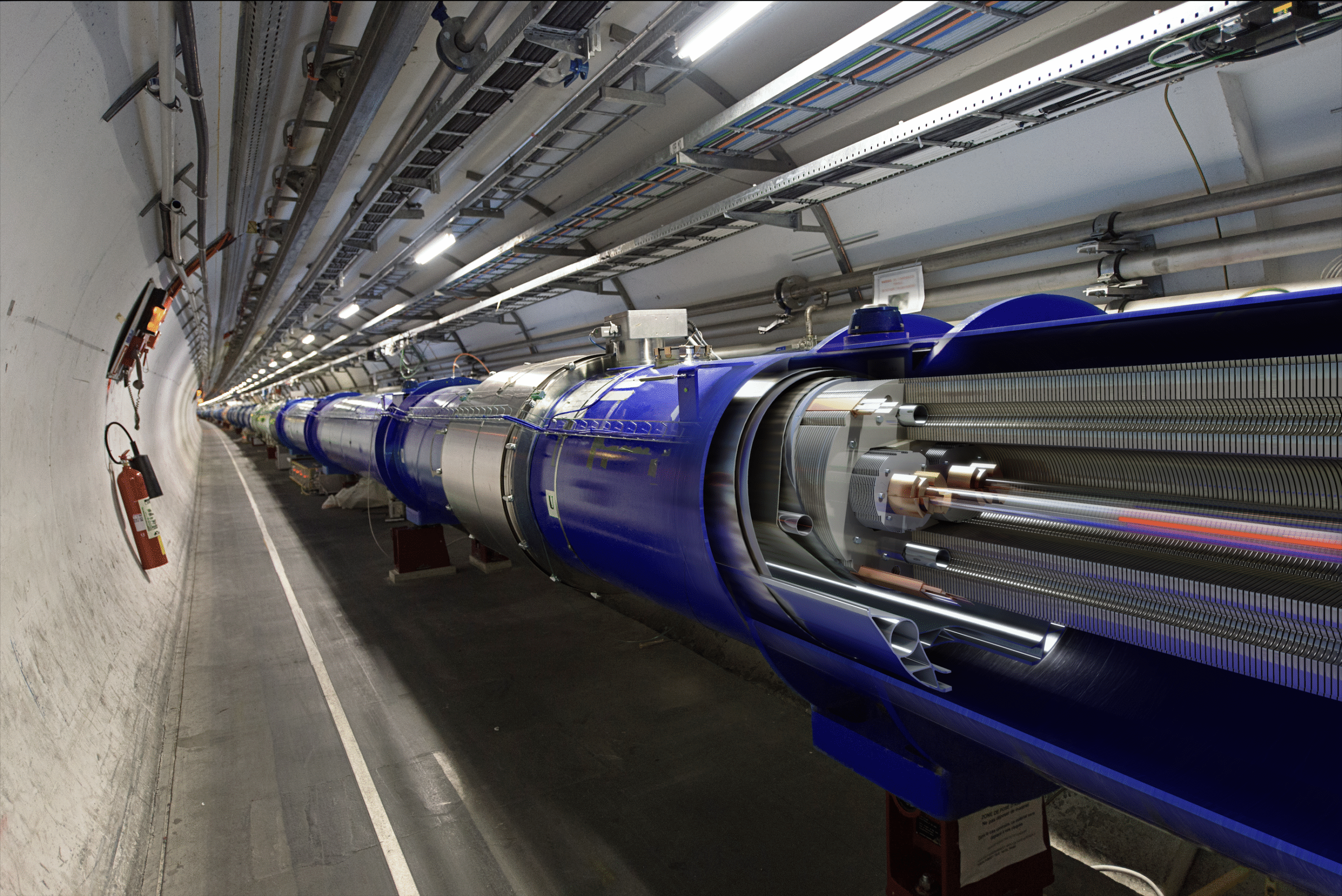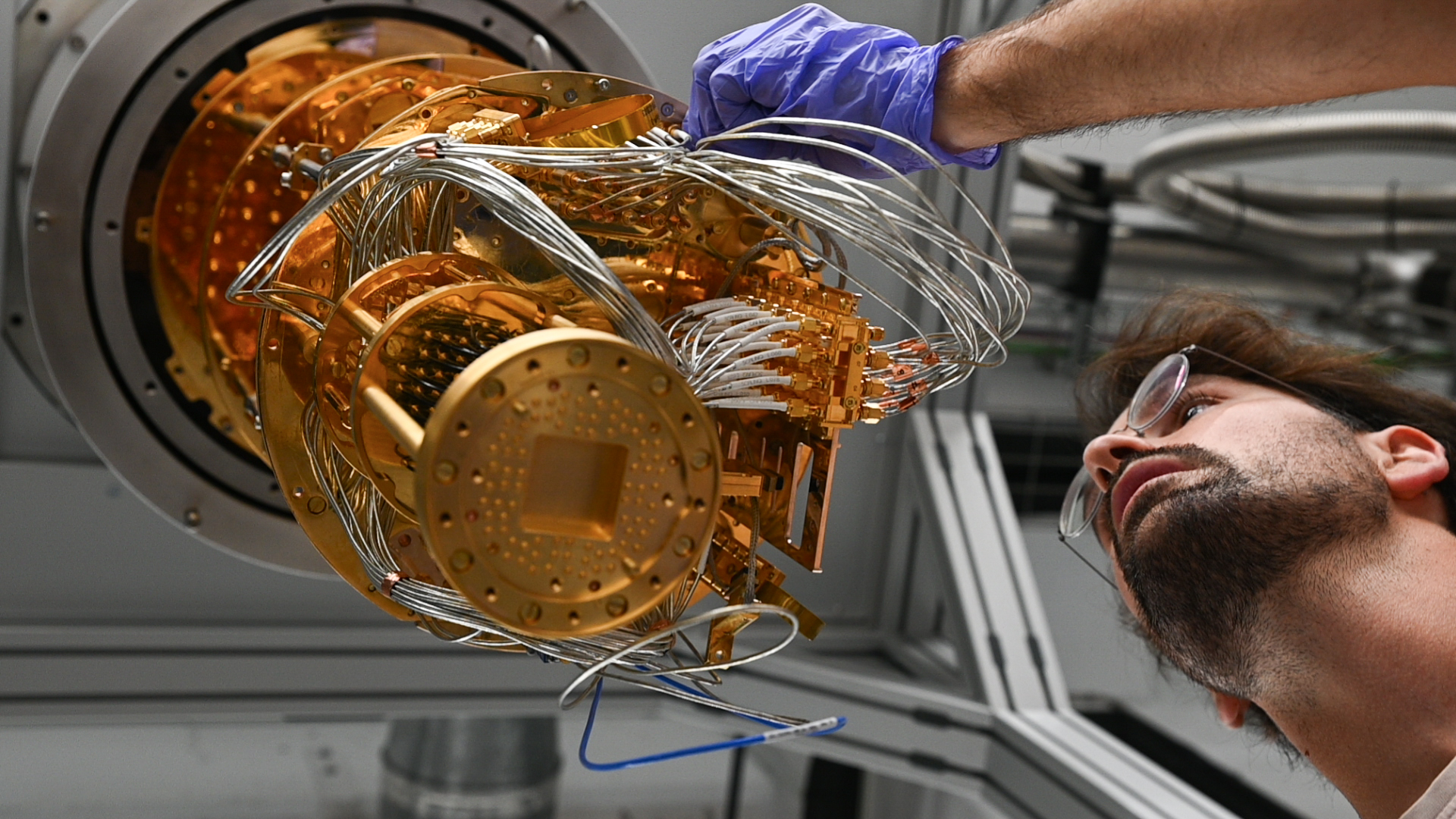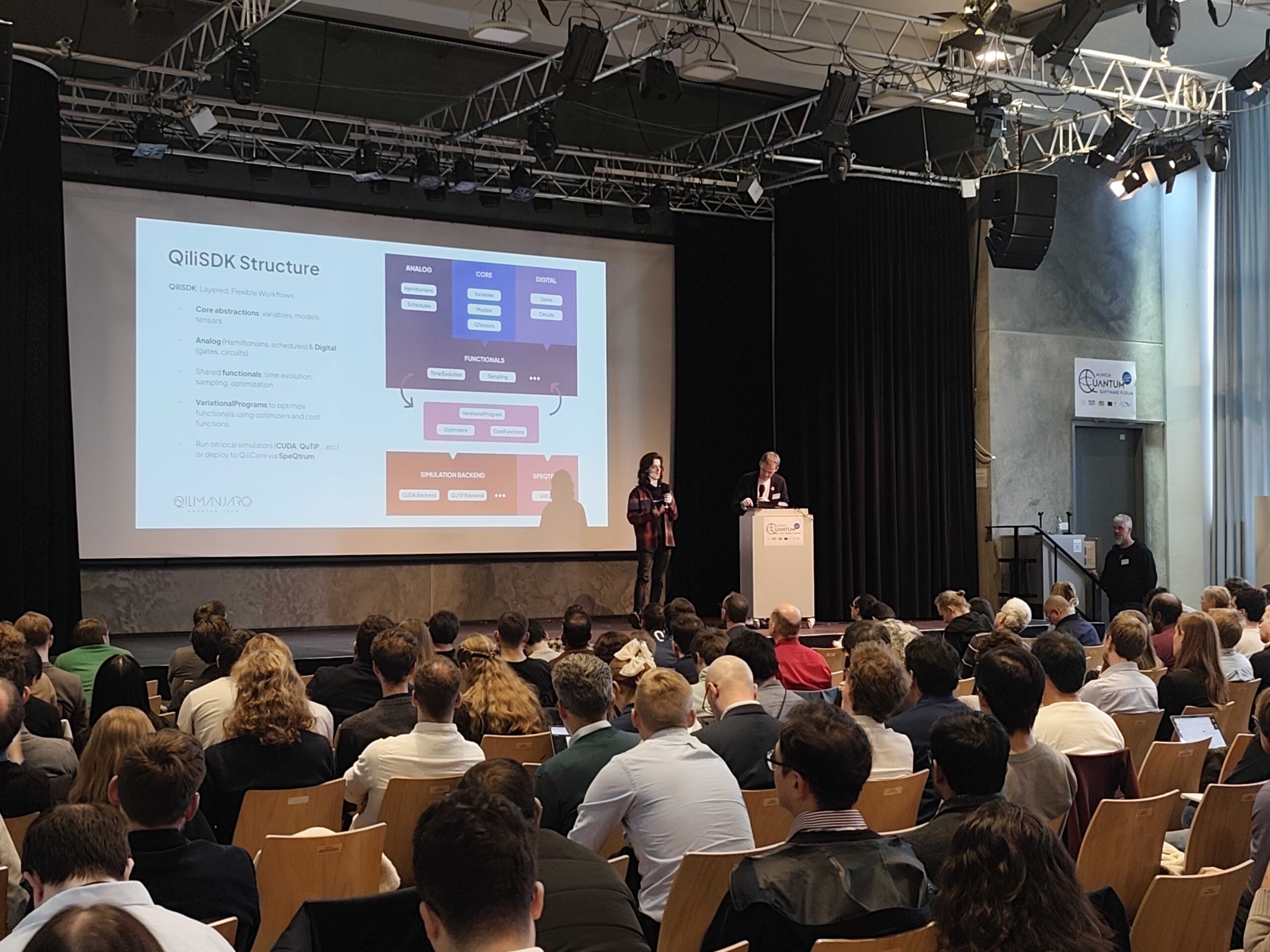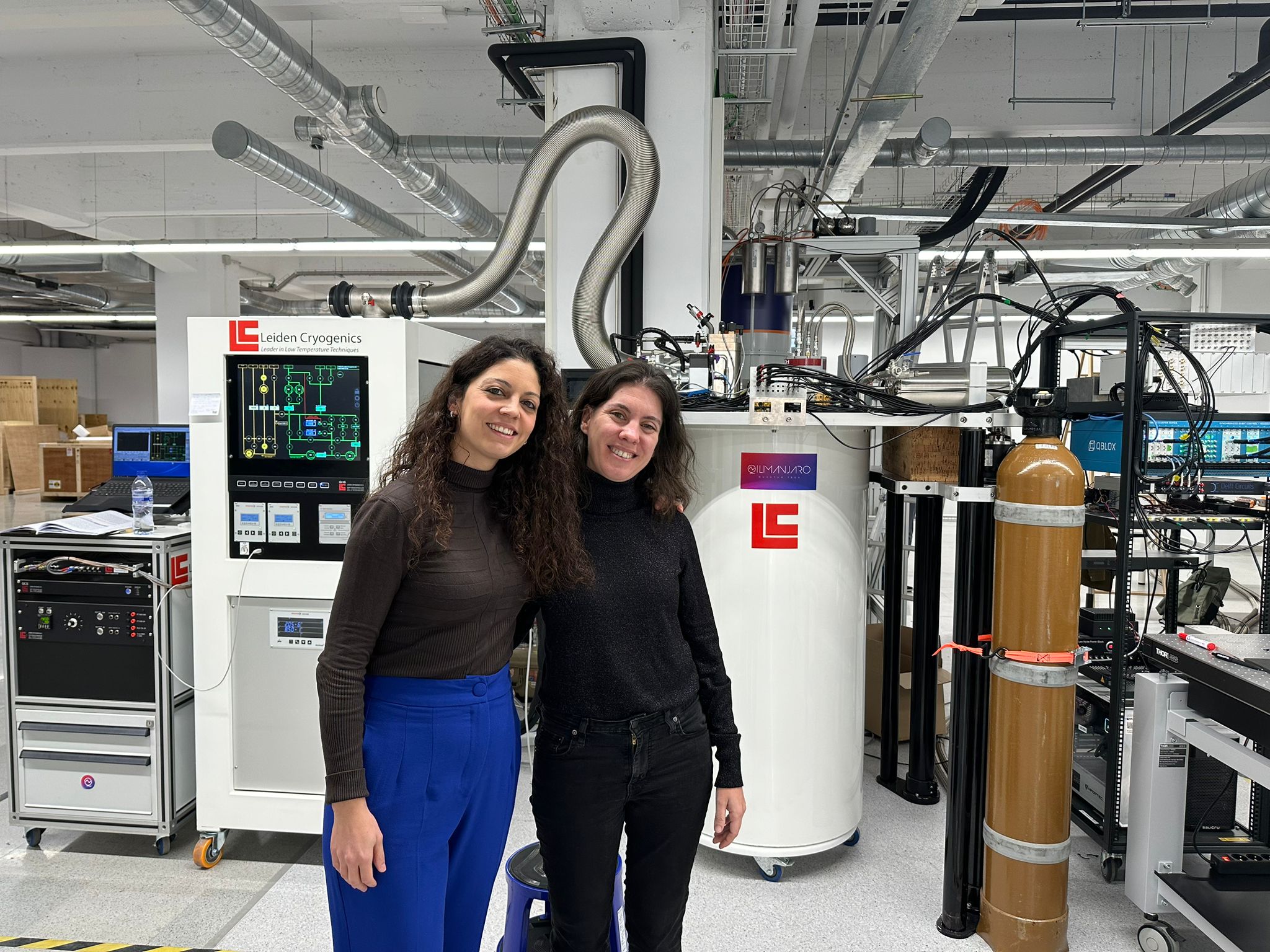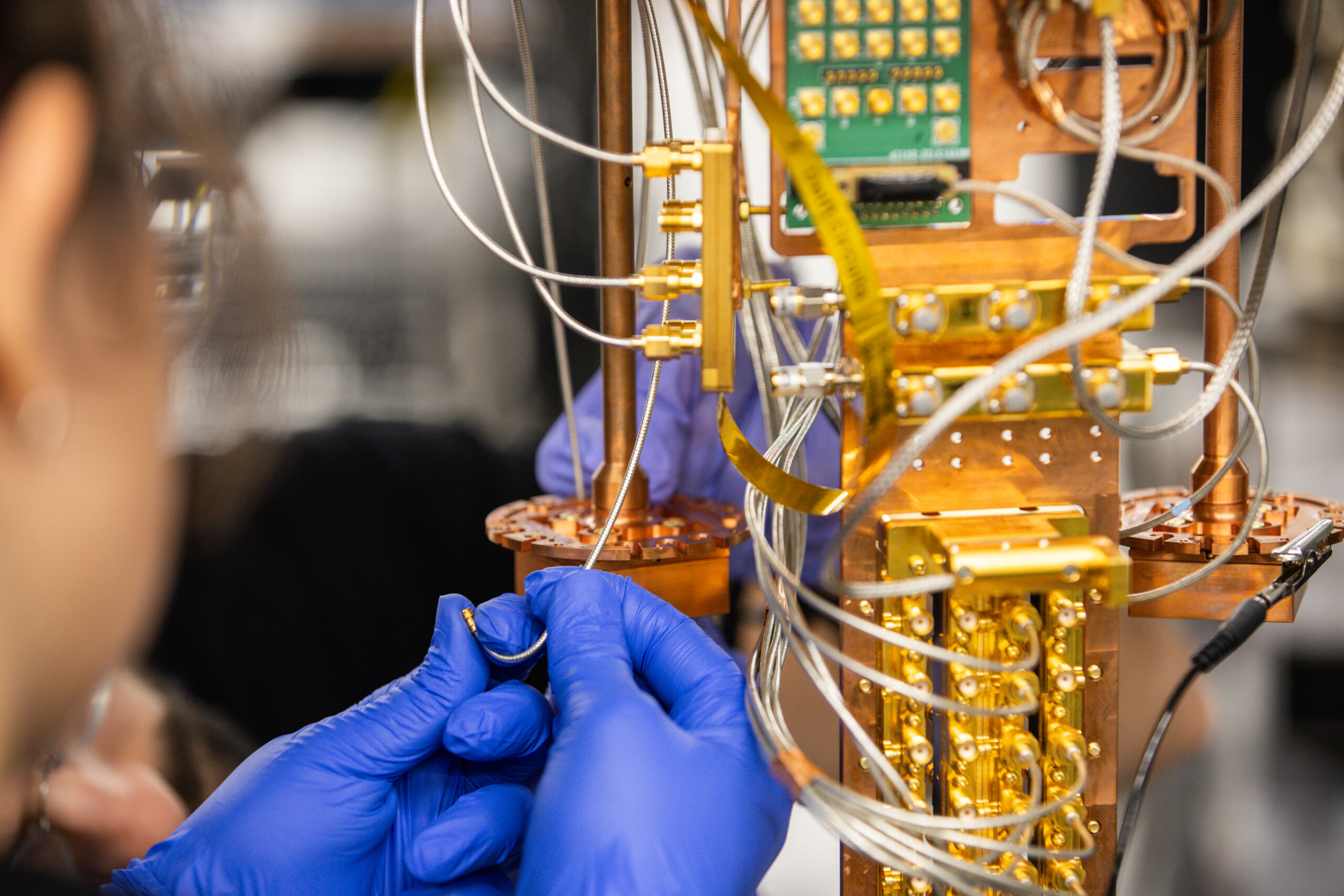Qilimanjaro is part of the CUCO project, subsidized by CDTI and Spanish Ministry of Science and Innovation.
Qilimanjaro’s focus in this project is to define classical and quantum computing metrics and benchmarks.
This line of research aims to provide a set of measures to objectively certify the computational capabilities of a classical computer(e.g. A supercomputer or an HPC cluster) or quantum processor. Estimating in detail the resources needed to complete a computational task, both in traditional computing systems and in experimental quantum devices, is a complex task. These resources include runtime, storage space required, energy consumption, production costs and so on.
This article is the second of a series of articles explaining the selected use cases elected by the partners of the project, in this case Qilimanjaro Quantum Tech and Amatech Group.
The case discussed in this article is Logistics, with a sharper look at optimization of indoor and outdoor routes and optimization of truck loading and unloading. The objective is to reduce costs and time of delivery, as well as reducing the contamination associated with the transport routes.
The Vehicle Routing Problem (VRP), part of the Combinatorial Optimization issue, has been receiving scientific attention and analysis in the past 20 years.
Through quantum computing it is expected to reduce computational times necessary to obtain an optimal solution and in turn model the problems with a greater number of variables or constraints. This will give a clear representation of actual cases and speed-up the collusion-finding process accordingly.
For Qilimanjaro, the work with purely Quantum Annealing algorithms, a differentiation feature brought by our quantum experts, and solely designed to solve optimization problems, allows us to find minimum energy state, which will be the equivalent of finding the optimal minimum for our problems.
Finally, the CUCO project will do research in these 3 years of development to define the quantum advantage over classical computing and find the optimal evaluation tools that will compare the two systems in the way of solving a problem.



